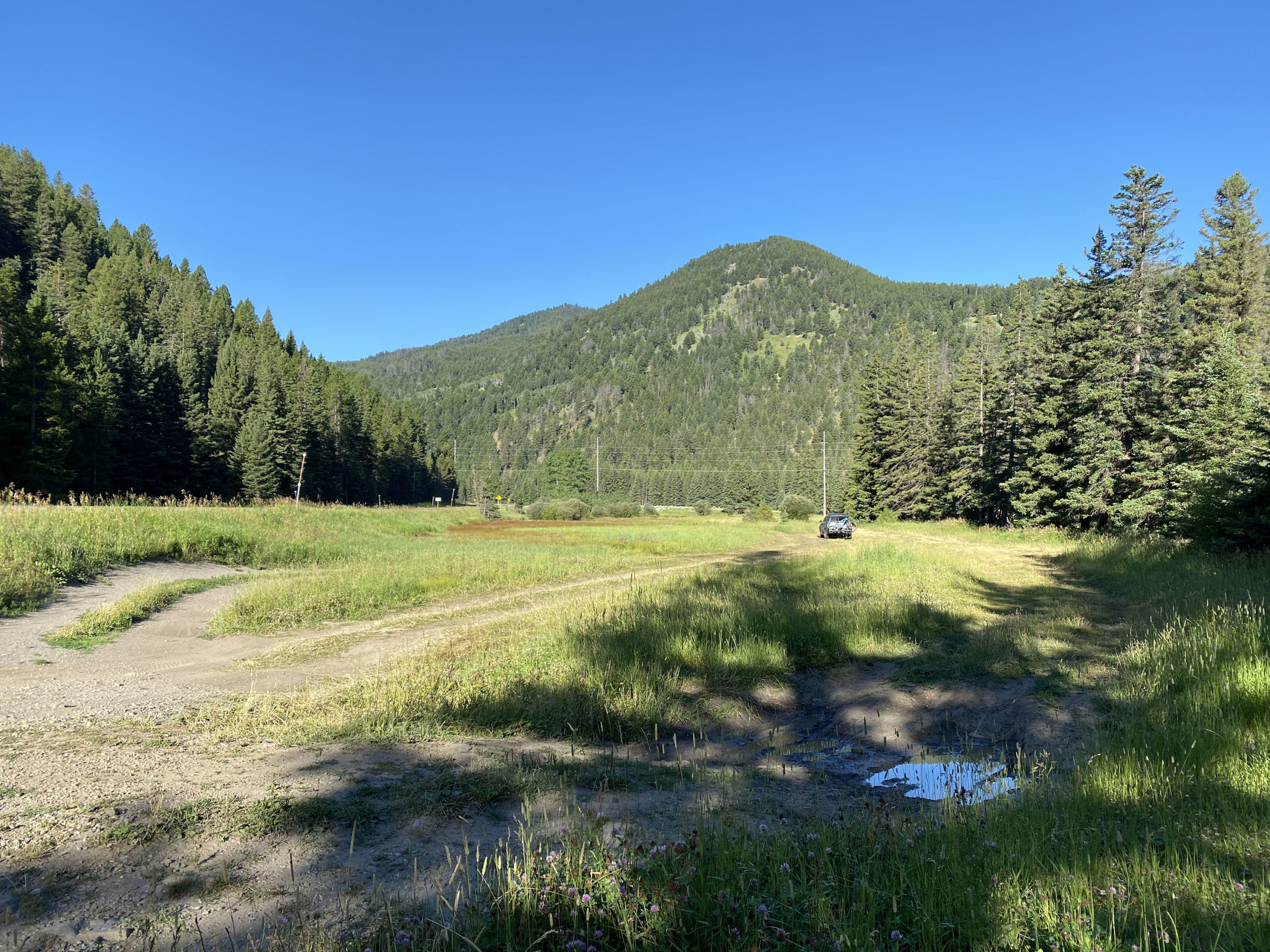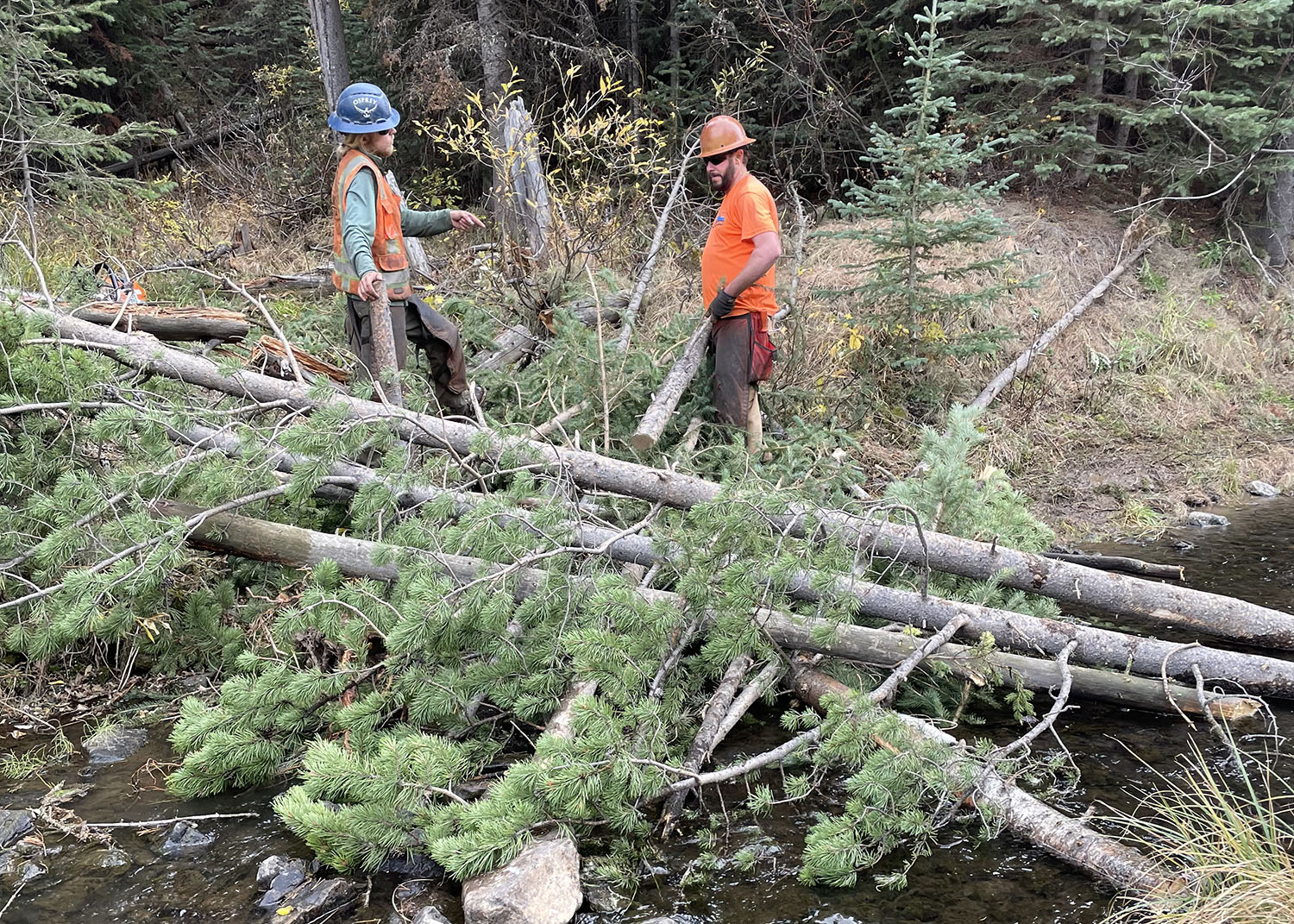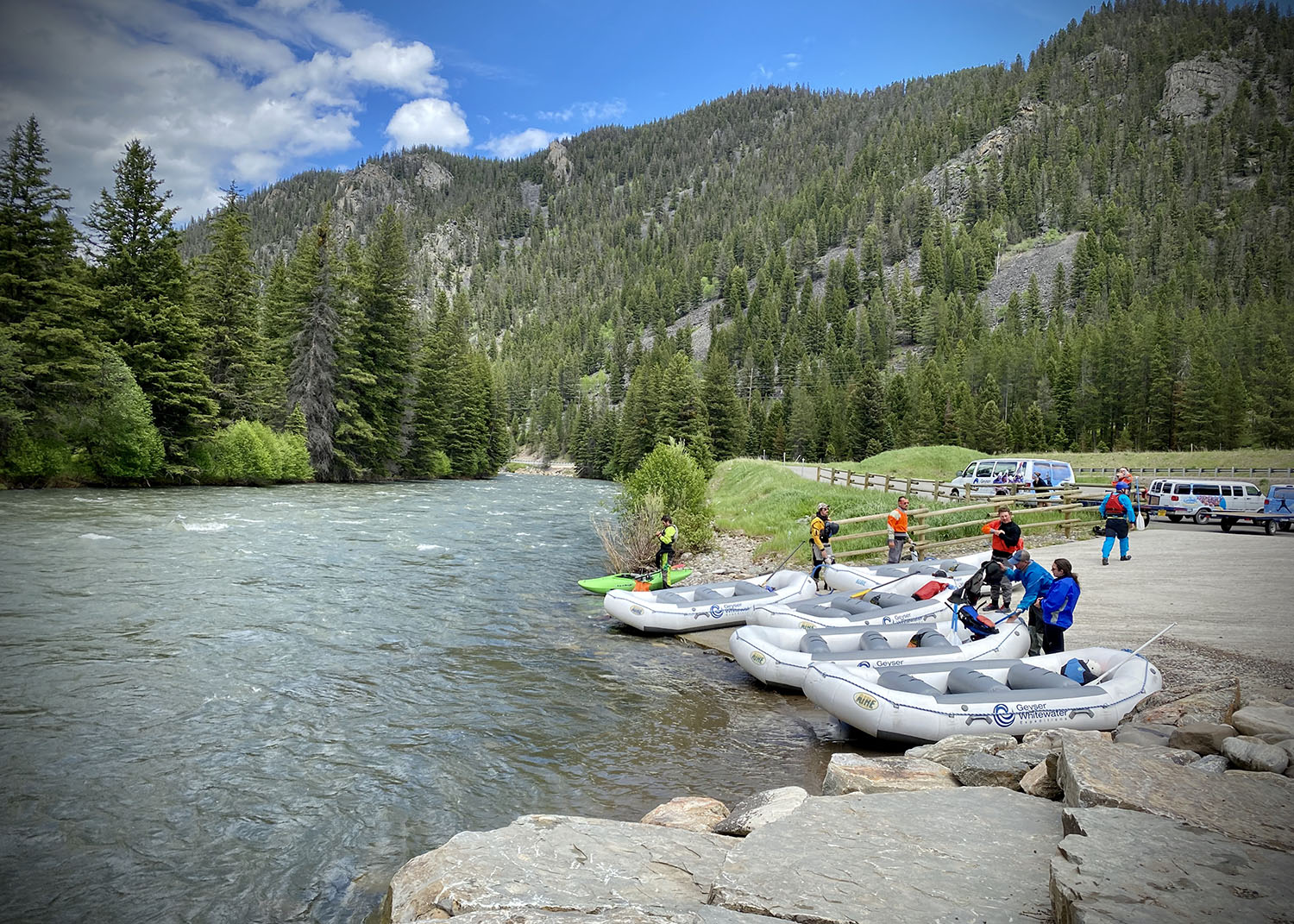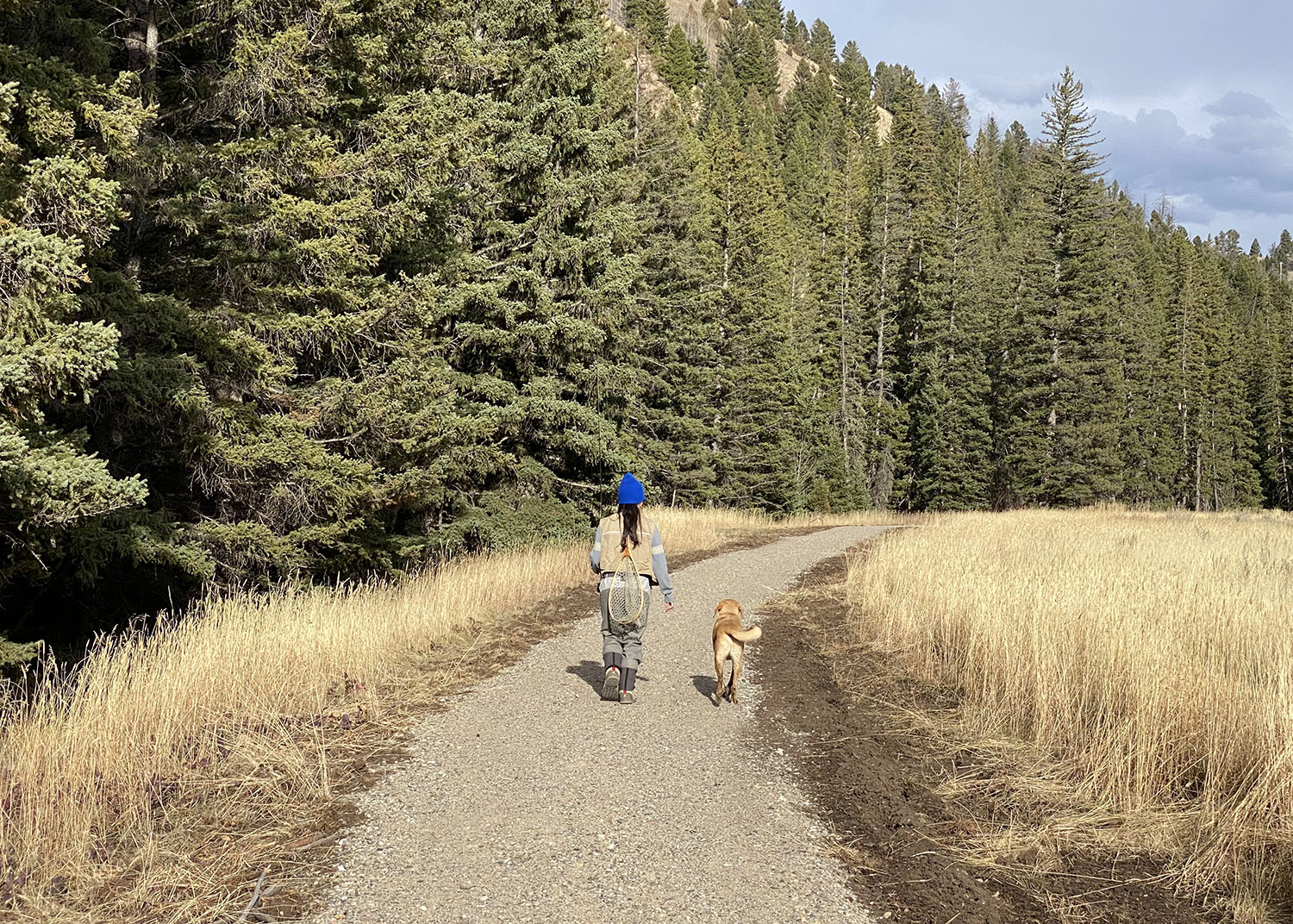A River Restored
Why river restoration? The Gallatin River and its tributaries provide world renowned cutthroat trout fisheries, wildlife habitat, and an incredible array of recreational opportunities. Additionally, the watershed provides drinking water for Big Sky and communities downstream. While the blue-ribbon-waterways may appear pristine, they are under tremendous pressure from increased population growth and land development.
To solve the problem, we’re working with a variety of partners to implement on-the-ground restoration projects at over 100 degraded river sites to improve water quality, habitat conditions, and build climate change resiliency.


Why river restoration? The Gallatin River and its tributaries provide world renowned cutthroat trout fisheries, wildlife habitat, and an incredible array of recreational opportunities. Additionally, the watershed provides drinking water for Big Sky and communities downstream. While the blue-ribbon-waterways may appear pristine, they are under tremendous pressure from increased population growth and land development.
To solve the problem, we’re working with a variety of partners to implement on-the-ground restoration projects at over 100 degraded river sites to improve water quality, habitat conditions, and build climate change resiliency.
River Restoration in Action

Inspired by Nature
In order to improve water quality in the impaired streams running through Big Sky, we need look no further than the natural systems that have shaped the landscape for millennia. By rebuilding those systems on the Middle Fork, we are creating habitat for native wildlife, conserving water in the upper river, and reducing pollution runoff into our surface waters. Working in partnership with Trout Unlimited, the Task Force developed the Middle Fork West Fork Gallatin River Restoration Plan, one of several road maps for improving the health of our rivers.

Improving Our Access
Recreationalists enjoy unparalleled access to the Gallatin. In the 39 miles between Yellowstone National Park and Spanish Creek, studies show over 100 human-created access points for fishing and rafting. All this access comes at a price, with river health absorbing much of the cost. By creating sustainable access points, we can continue enjoying the river’s bounty while improving riparian habitat and decreasing harmful erosion. Guided by our Gallatin River Restoration Strategy and with the support of our community and partners, we believe this ambitious goal is achievable.

A Future Restored
The Task Force now has several major restoration projects under our belt and more underway, but we are just getting started. The Porcupine / Beaver Creek river access point in Gallatin Canyon is in dire need of rehabilitation, and that’s where we’re setting out sites next.
